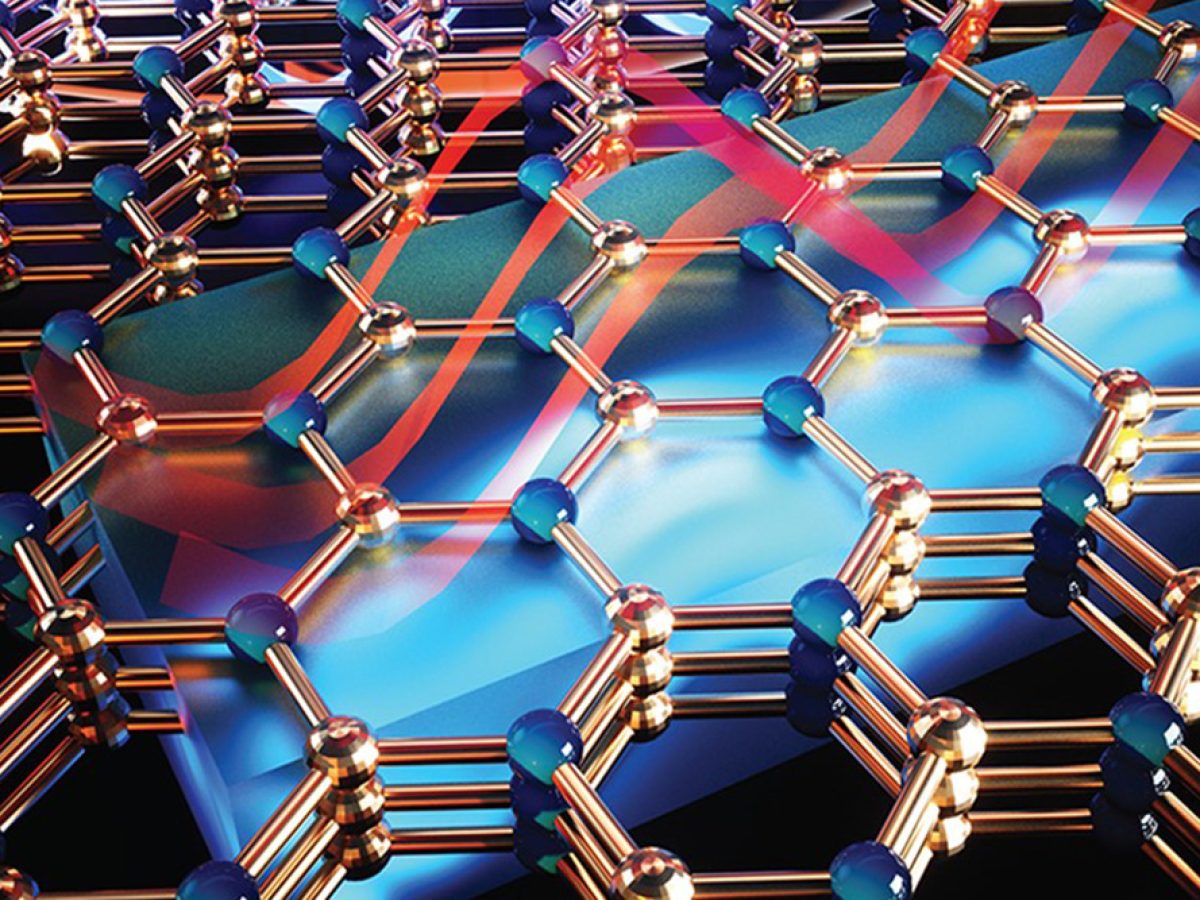-
$67K
Funds Awarded
-
48
Funded Projects
-
16
Departments Funded
How Do I Apply?
Pilot funds require a 1-page description of the proposed work to be performed in VINSE including an estimate of the number of hours per tool or facility. It should also include the primary scientific or technological questions to be addressed and clearly identify which aspects of the project will be carried out in VINSE.
What Happens After I Apply?
Proposals are evaluated at the end of the month by VINSE staff based on scientific merit, likelihood of success, and the potential impact VINSE will have on the project. The number of awarded projects is subject to the availability of funds. Proposals are accepted throughout the year.
What Projects Have Been Funded?
Generous pilot funding from VINSE has enabled me to assess novel aspects of tissue biomechanics as part of my neurobiological research program that I would have been unable to explore otherwise.
